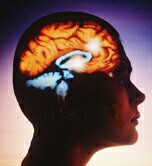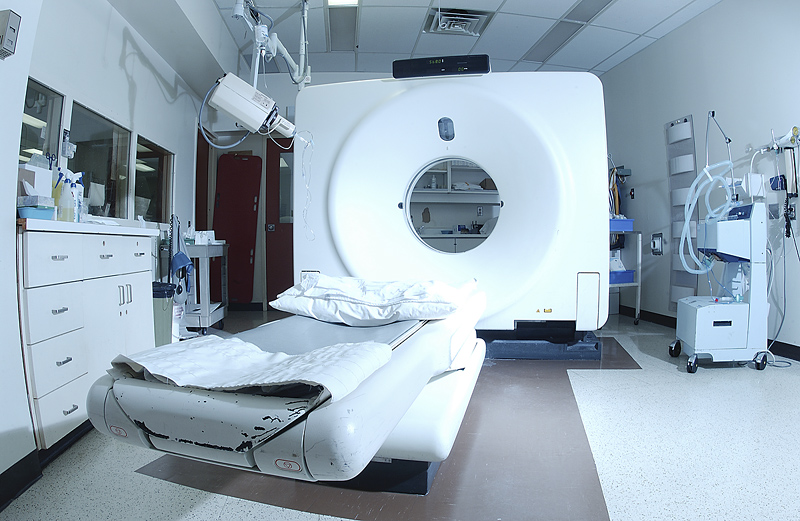
WEDNESDAY, April 10 (HealthDay News) — For the first time, scientists say they’ve found evidence that physical pain may leave a distinct “signature” in the brain that can be picked up with specialized MRI scans.
The study looked only at short-term pain in healthy people, but researchers hope the findings will lead to better understanding of complex conditions such as chronic severe headaches or fibromyalgia.
When researchers exposed healthy volunteers to a painful dose of heat, it left a reliable pattern of brain activity that could be viewed on functional MRI (fMRI) — a type of imaging that charts changes in blood flow through the brain.
That so-called “neurologic signature” was able to predict people’s subjective pain ratings with more than 90 percent accuracy, and it distinguished heat-induced pain from other feelings — like warmth, and even emotional pain.
Experts said the findings, reported in the April 11 New England Journal of Medicine, hint at a way to objectively measure people’s pain. Right now, that’s done subjectively — often, by having patients rate their pain on a scale of 1 to 10.
But the point is not to catch patients in a lie, stressed lead researcher Tor Wager, an associate professor of psychology and neuroscience at the University of Colorado at Boulder.
“This is not a pain lie-detector test, and it should not be used that way,” Wager said. “People in pain need to be believed.”
A pain expert not involved in the study agreed, but said objective measures might be useful in getting more information. “There are times when a patient isn’t able to communicate about pain effectively — for example, after a stroke,” said Dr. Jing Wang, an assistant professor of anesthesiology at NYU Langone Medical Center, in New York City.
In other cases, patients’ descriptions of their pain might not be completely reliable, such as when they have a mental illness. Both Wang and Wager said it would be helpful to have a way to complement patients’ pain reports with an objective measure — which in many cases might suggest that patients are in more pain than they are letting on, or in more pain than a doctor believes.
“We know that right now many people have their pain undertreated,” Wager noted.
But scientists are a long way from using fMRI scans to gauge pain, according to Wang at NYU. “This is a comprehensive, meticulous study,” he said, but added that it’s also an early step.
One big caveat is that the study volunteers were all healthy and exposed to just one type of pain — short-lived pain from heat applied to the skin. Wang said researchers need to see whether this same brain “signature” would appear in people with chronic pain conditions, or pain after surgery, for example.
And since fMRI scans are expensive, Wang noted, studies would have to show that the imaging actually benefits patients before it would be routinely used in the real world.
The study involved a total of 114 healthy young adults who took part in different phases of the research. First, Wager’s team found that fMRI scans were able to pick up a reliable pain signature in the brain when volunteers had painful heat applied to their forearms.
The researchers then found that the signature was different and stronger than brain activity that popped up in response to the sensation of warmth, or to anticipation or remembrance of the pain.
More interesting, Wager said, was that the signature seemed to be unique to physical pain. In one set of experiments, the researchers had heartbroken volunteers who’d recently gone through a breakup look at a photo of their ex-partner. That did trigger activity in brain regions related to physical pain, but the signature linked to heat-induced pain remained distinct.
Wager agreed that much more work needs to be done, and his team is already looking at whether the neurologic signature holds up in other types of pain.
For his part, Wang pointed out that pain comes in many different forms, with causes ranging from inflammation to nerve damage. And chronic pain, in particular, is very complex, study author Wager noted.
Whether fMRI is ever used to diagnose pain, studies like this could help researchers gain a better understanding of the “biology of pain,” Wang said. “Our understanding of pain is still fairly rudimentary.”
A better understanding of pain, Wager said, will hopefully lead to better ways to manage it.
More information
Learn more about managing chronic pain from the American Chronic Pain Association.

